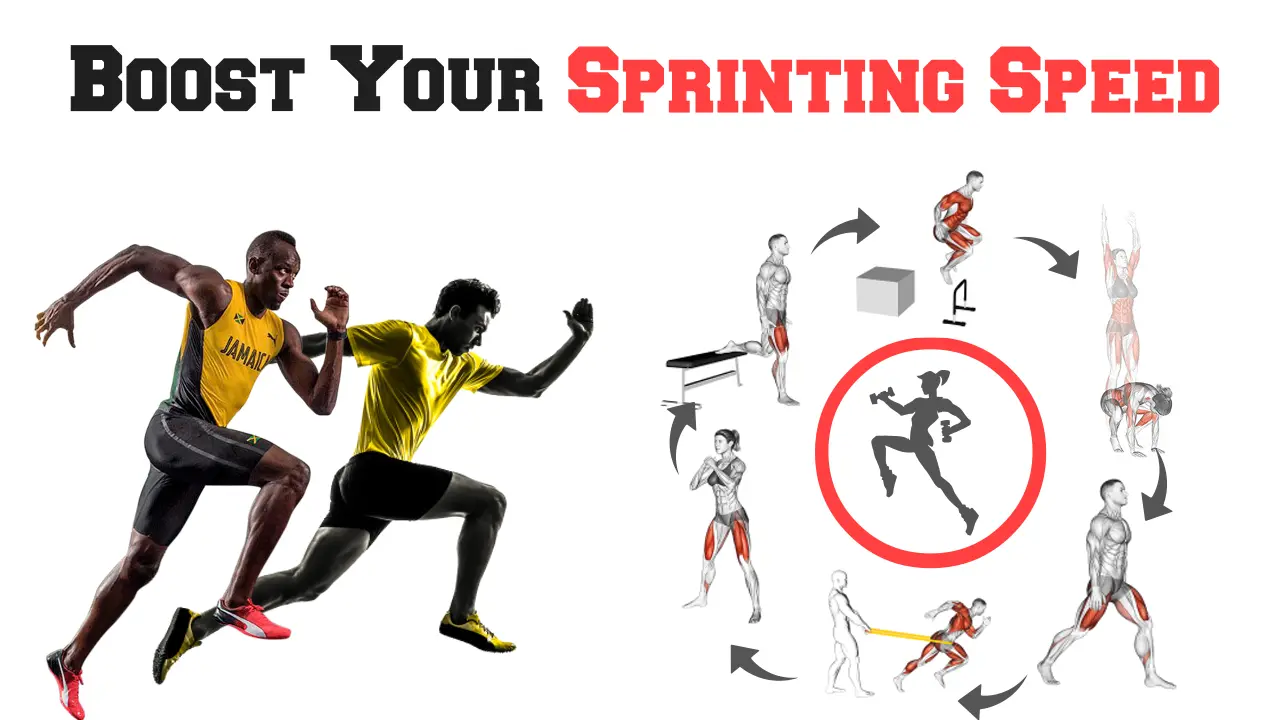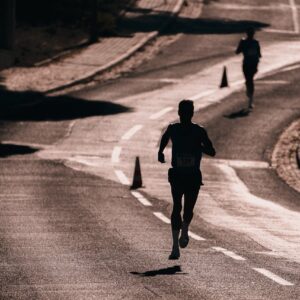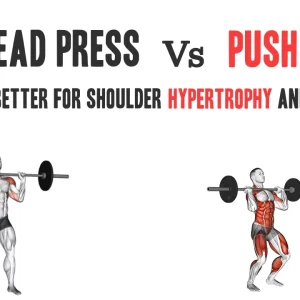Contents
- Which Muscles Need to Be Strengthened to Increase Sprint Speed?
- 1. Train With a Staggered Stance
- 2. Strengthen Your Hamstrings
- 3. Add Plyometric Training for Power
- 4. Build Foot and Calf Strength
- 5. Strengthen and Align Your Posture
- Sprint-Specific Workouts to Supplement These Movements
- Programming Tips
- Final Thoughts
Sprint speed isn’t the product of a single “magic” movement. Instead, it’s the outcome of well-coordinated strength training that targets the key muscles responsible for acceleration, stride mechanics, and force production.
As a coach, I’ve trained everyone from beginners to Olympians. And I consistently program five fundamental strategies to help athletes sprint faster and stay injury-free. These strategies target the muscle groups that matter most, and the movements that build strength, posture, and control under real-world sprint conditions.
In this guide, you’ll learn which muscles most influence sprinting performance—and how to train them with exercises that boost speed, efficiency, and injury resilience.
Which Muscles Need to Be Strengthened to Increase Sprint Speed?
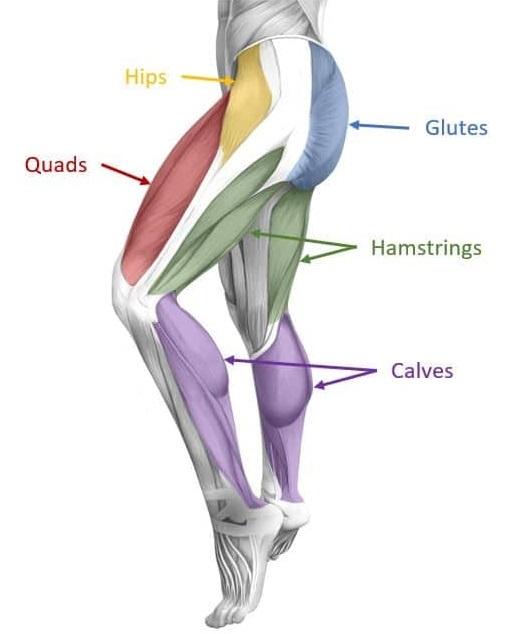
- Quadriceps: During the acceleration phase (first 10–30 meters), powerful knee extension helps create horizontal force that propels you forward. Strong quads contribute to longer stride length, better ground contact force, and improved joint stability.
- Hamstrings: The hamstrings (biceps femoris, semitendinosus, and semimembranosus) are responsible for hip extension and knee flexion, playing a vital role in the late swing and early stance phase of sprinting.
- Glutes: The gluteus maximus is the primary hip extensor, responsible for powerful hip drive that propels you forward during the acceleration and top-speed phases.
- Hip Flexors: Hip flexors (mainly the iliopsoas and rectus femoris) lift the thigh forward after each push-off. They control stride frequency and contribute to knee drive and acceleration.
- Calves and Foot Intrinsics: The calves (gastrocnemius and soleus) and foot muscles control ground contact, ankle stiffness, and force transfer during push-off.
- Core and Postural Muscles : Core muscles stabilize the spine and pelvis during sprinting. Key muscles include the rectus abdominis, obliques, erector spinae, and transverse abdominis.
- Upper Body Muscles: The lats, pecs, and deltoids contribute to arm swing, which is critical for rhythm and counterbalance during sprinting.
The muscle groups covered here are the engines of speed. Train them with smart, sprint-specific intent, and you’ll see measurable gains in your acceleration, top speed, and resilience.
1. Train With a Staggered Stance
Traditional bilateral movements like squats and deadlifts are essential for general strength. However, sprinting is a unilateral movement pattern, and training in a staggered stance better mimics the demands placed on the body while sprinting.
Best exercises to include:
- Bulgarian Split Squat
- Walking Lunges
- Single-Leg Deadlifts
- Cossack Squat
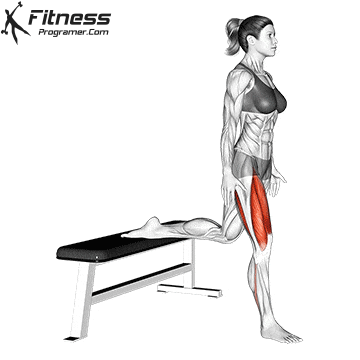
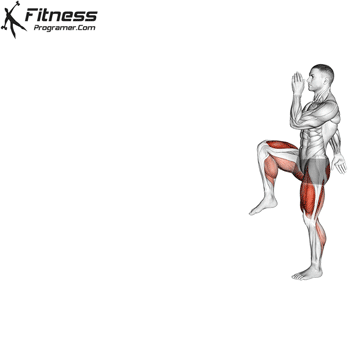
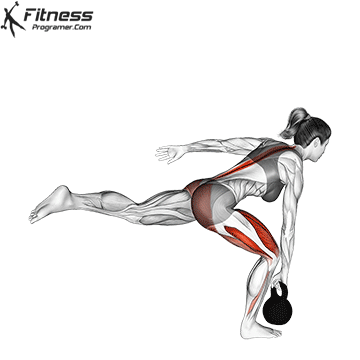
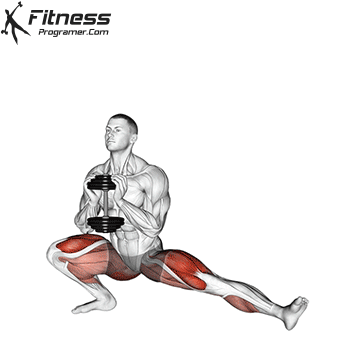
2. Strengthen Your Hamstrings
The hamstrings play a critical role in hip extension and knee flexion, especially during the terminal swing phase of sprinting. Injury prevention and performance both depend on hamstring strength, particularly eccentric strength.
Best exercises to include:
- Nordic Hamstring Curls (eccentric focus)
- Romanian Deadlifts
- Good Morning
- Lying or Standing Hamstring Curls
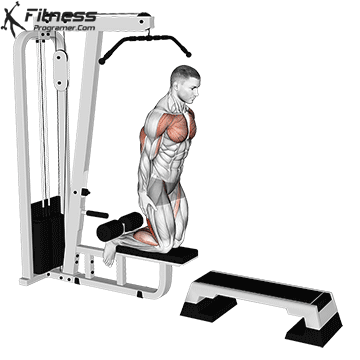
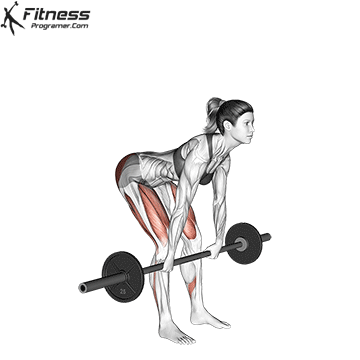
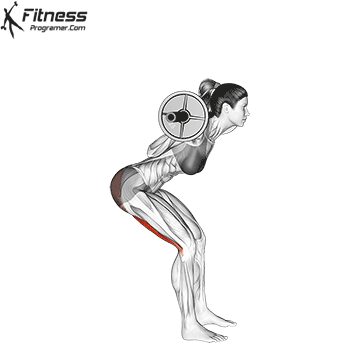
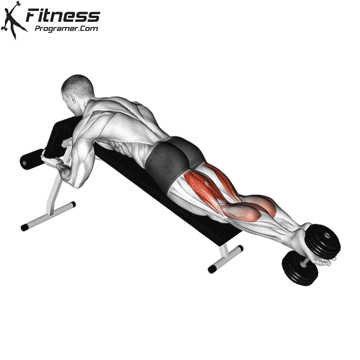
Research Insight: The Nordic hamstring exercise has been shown to reduce hamstring injury rates by up to 51% in elite-level athletes, according to a systematic review published in The British Journal of Sports Medicine (van Dyk et al., 2019).
3. Add Plyometric Training for Power
Plyometric drills help develop explosiveness, rate of force development, and neuromuscular coordination. These attributes directly translate into faster ground contact times and better stride mechanics.
Include the following exercises in your weekly plan:
- Depth Jumps (both legs and single leg)
- Broad Jumps
- Bounding
- Uphill Sprints or Hill Jumps
- Box Jumps with Progressive Overload
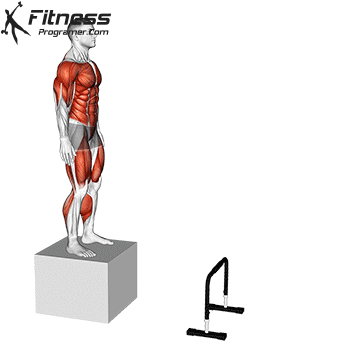
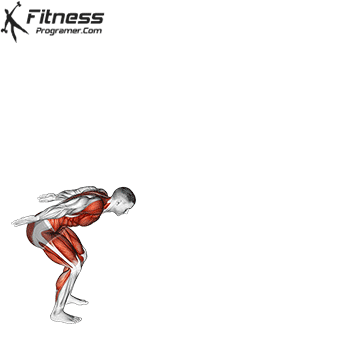
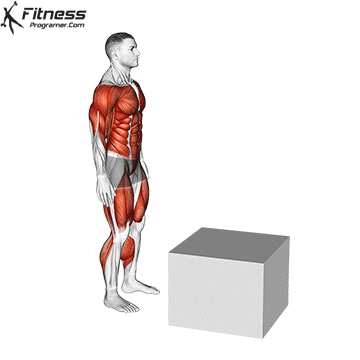
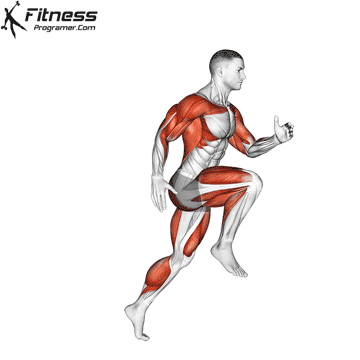
Athletes who consistently jump with force and control generally transfer that power into faster sprint performance.
Coach’s Tip: Progress plyometric volume gradually. Two focused sessions per week are enough for adaptation without overtraining.
4. Build Foot and Calf Strength
Your feet are the final point of force application into the ground. Weak or immobile feet and calves limit both stride power and stability. Strong feet and lower legs improve propulsion, agility, and injury resistance.
Try these exercises:
- Single-Leg Calf Raises (full range, slow tempo)
- Toe Raises (dorsiflexion drills)
- Short Foot Exercises (for arch control)
- Balance Drills on Unstable Surfaces
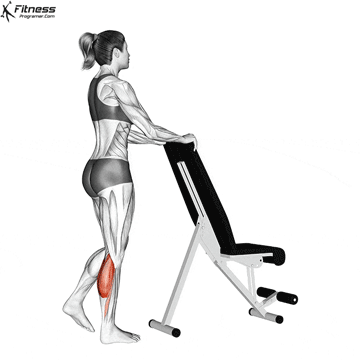
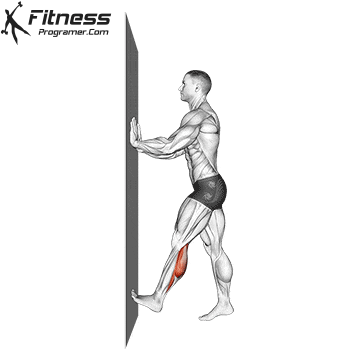
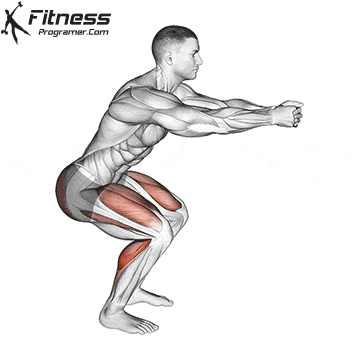
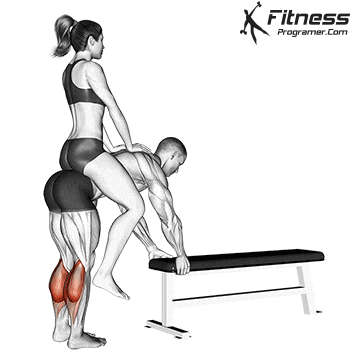
Training foot mobility and strength enhances stiffness in the ankle joint, improving the elastic return required for fast sprints.
5. Strengthen and Align Your Posture
Speed isn’t only built from the ground up—your upper body drives rhythm, alignment, and counterbalance during sprinting. Weakness in the core or poor postural control can lead to compensations that throw off your stride.
Focus on these postural strength exercises:
- Weighted Planks
- Pull-Ups or Lat Pulldowns
- Overhead Press (supine or standing)
- Lying Supermans
- Push-ups
These exercises develop thoracic extension, scapular control, and lumbopelvic stability, all of which contribute to a more upright, force-efficient sprint posture.
Coach’s Tip: A tight, upright torso with active arm drive reduces energy leaks and improves stride coordination.
Sprint-Specific Workouts to Supplement These Movements
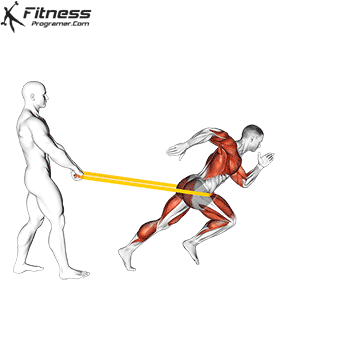
While building strength in key muscle groups is essential, sprint performance depends on integrating that strength into high-speed, coordinated, and reactive movement patterns. The following workouts are designed to bridge the gap between muscular development and sprint-specific neuromuscular output.
No sprint improvement plan is complete without actual sprinting drills. Integrate these with your strength work:
1. Acceleration-Focused Sprint Workout
Purpose: Improve force application and stride mechanics during the first 10–20 meters.
| Drill | Sets x Reps | Rest | Notes |
|---|---|---|---|
| Falling Starts | 4 x 10–15 m | 90 sec | Teaches proper shin angle and forward lean |
| Sled Push Sprints or Banded Sprints | 5 x 10 m | 2 min | Use 25–50% bodyweight sled for resisted acceleration |
| Wall Drill Marches | 3 x 15 sec | 60 sec | Reinforces sprint posture and single-leg drive |
2. Max Velocity & Sprint Mechanics Day
Purpose: Enhance top-end speed, stride frequency, and vertical force production.
| Drill | Sets x Reps | Rest | Notes |
|---|---|---|---|
| Flying 20s | 5 x 20 m | 2–3 min | Build up for 20 m, sprint for 20 m, decelerate safely |
| A-Skips | 3 x 20 m | 30 sec | Focus on rhythm and knee lift |
| Straight Leg Bounds | 3 x 20 m | 90 sec | Improves hamstring stiffness and horizontal force |
| Bounding for Distance | 3 x 30 m | 90 sec | Emphasizes stride length and horizontal projection |
3. Plyometric Power Development Session
Purpose: Improve stretch-shortening cycle efficiency, ground contact speed, and rate of force development (RFD).
| Drill | Sets x Reps | Rest | Notes |
|---|---|---|---|
| Depth Jumps | 3 x 5 | 2 min | Use 12–24″ box; focus on minimizing ground contact |
| Hurdle Hops | 3 x 5 | 90 sec | Single or double leg; reactive and quick off the ground |
| Single-Leg Box Jumps | 3 x 3/leg | 90 sec | For unilateral power and balance |
| Pogo Jumps | 3 x 10 | 60 sec | Reinforces ankle stiffness and foot strike reactivity |
4. Sprint Conditioning Circuit (For Field Athletes)
Purpose: Maintain speed under fatigue, reinforce mechanics at submaximal speeds.
| Circuit (Repeat 2–3x) | Work | Rest | Notes |
|---|---|---|---|
| 40 m Sprint | — | — | From athletic stance, good start mechanics |
| Sprint Dribble Bleeds (20 m) | — | — | Controlled bounding with high knee recovery |
| Plank or Hollow Hold | 30s | 30s | Core stability between sprints |
| Broad Jump into Sprint (10 m) | — | 1 min | Explosive takeoff followed by max effort sprint |
Programming Tips
- Sprint before lifting when maximum speed output is the goal.
- Perform 2 sprint technique sessions and 2 strength sessions per week for best results.
- Integrate mobility work (especially for hips, ankles, and hamstrings) to maintain sprint range of motion.
- Use video analysis or coach feedback for form correction and mechanics.
Final Thoughts
Sprinting fast isn’t about doing one magic exercise—it’s about training smart and consistently. By integrating staggered stance strength work, hamstring training, plyometrics, foot and ankle control, and posture-focused upper body exercises, you’ll create a complete system for speed development.
Combine these strategies with regular sprint drills and good recovery habits, and you’ll be on your way to sprinting faster, safer, and longer—whether you’re a recreational runner or a competitive athlete.
References
- Lockie, R.G., et al. (2020). “Relationships between Unilateral Strength Measures and Sprint Acceleration in Collegiate Athletes.” Journal of Strength and Conditioning Research, 34(5), 1203-1211.
- van Dyk, N., et al. (2019). “Including the Nordic hamstring exercise in injury prevention programmes halves the rate of hamstring injuries: a systematic review and meta-analysis.” British Journal of Sports Medicine, 53(21), 1362–1370.

